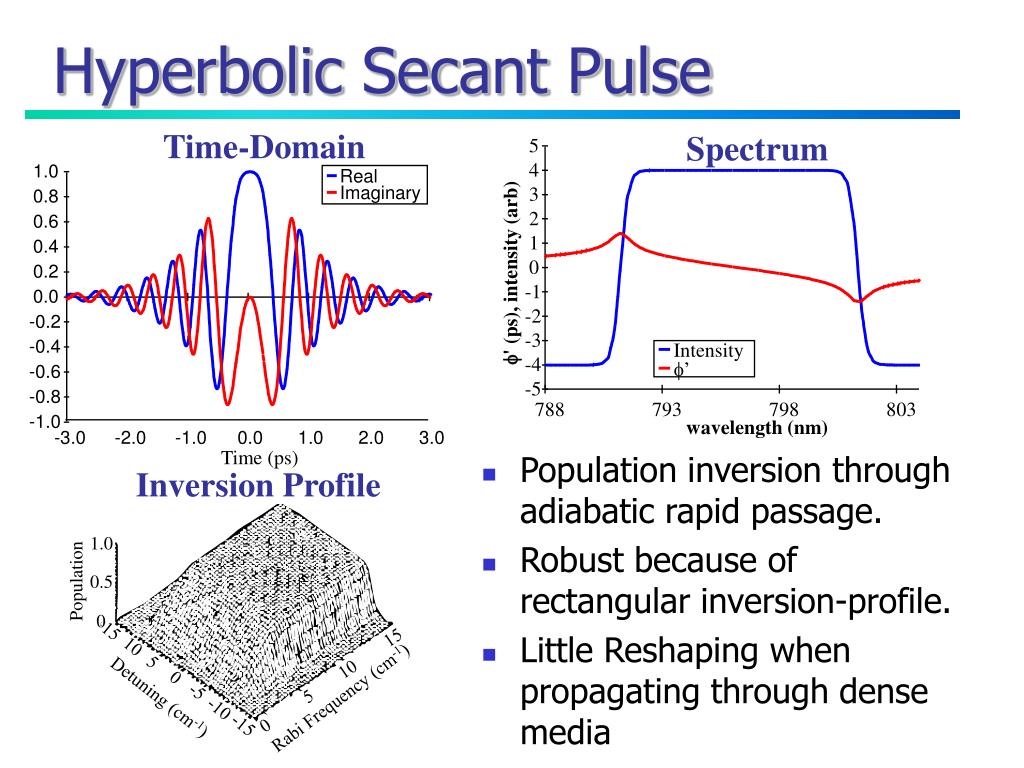
Prospects for the application of our improved understanding for inertial fusion (both indirect- and direct-drive) and other applications will also be discussed. The pedagogical framework of the simplest models of LPI will be employed, but attention will also be paid to settings where more sophisticated models are needed to understand the observations. A tutorial is provided that reviews the progress in the field from the vantage of the foundational LPI experimental results. These efforts have led to a change in paradigm for LPI research, ushering in an era of engineering LPI to accomplish specific objectives, from tuning capsule implosion symmetry to fixing nonlinear saturation of LPI processes at acceptable levels to enable the exploration of high energy density physics in novel plasma regimes. At the same time, we have also been able to use smaller-scale laser facilities to substantially improve our understanding of LPI physics and evaluate novel approaches to their control. We have progressed from single-beam experiments-ns pulses with ∼kJ energy incident on hundred-micron-scale target plasmas with ∼keV electron temperatures-to ones involving nearly 2 MJ energy in 192 beams onto multi-mm-scale plasmas with temperatures ∼4 keV. Our understanding of laser-plasma instability (LPI) physics has improved dramatically over the past two decades through advancements in experimental techniques, diagnostics, and theoretical and modeling approaches. Results of backscattered SRS, SBS, and beam steering in Results of the laser and plasma characterization, and initial Of collective Thomson scattering from the heater beam. The plasma density, temperature, andįlow profiles are measured using a gated imaging spectroscopy The focal plane distributionĪnd wave-front of the interaction beam are characterized,Īnd its intensity can be varied between 1014–1016 Heater beam, and the single hot spot beam is used to drive Hot plasma (1 mm, 0.6 keV) is created by a separate Of random or kinoform phase plates (RPP or KPP) used for Hot spot found in speckle distributions that are typical The diffraction limited beam mimics a single

Order to better understand the coupling between these plasma In a near-diffraction-limited (single) laser hot spot in Scattering (SRS) and stimulated Brillouin scattering (SBS) Study the interaction of self-focusing, stimulated Raman Laboratory is being used for fundamental experiments which The TRIDENT laser system at the Los Alamos National


 0 kommentar(er)
0 kommentar(er)
